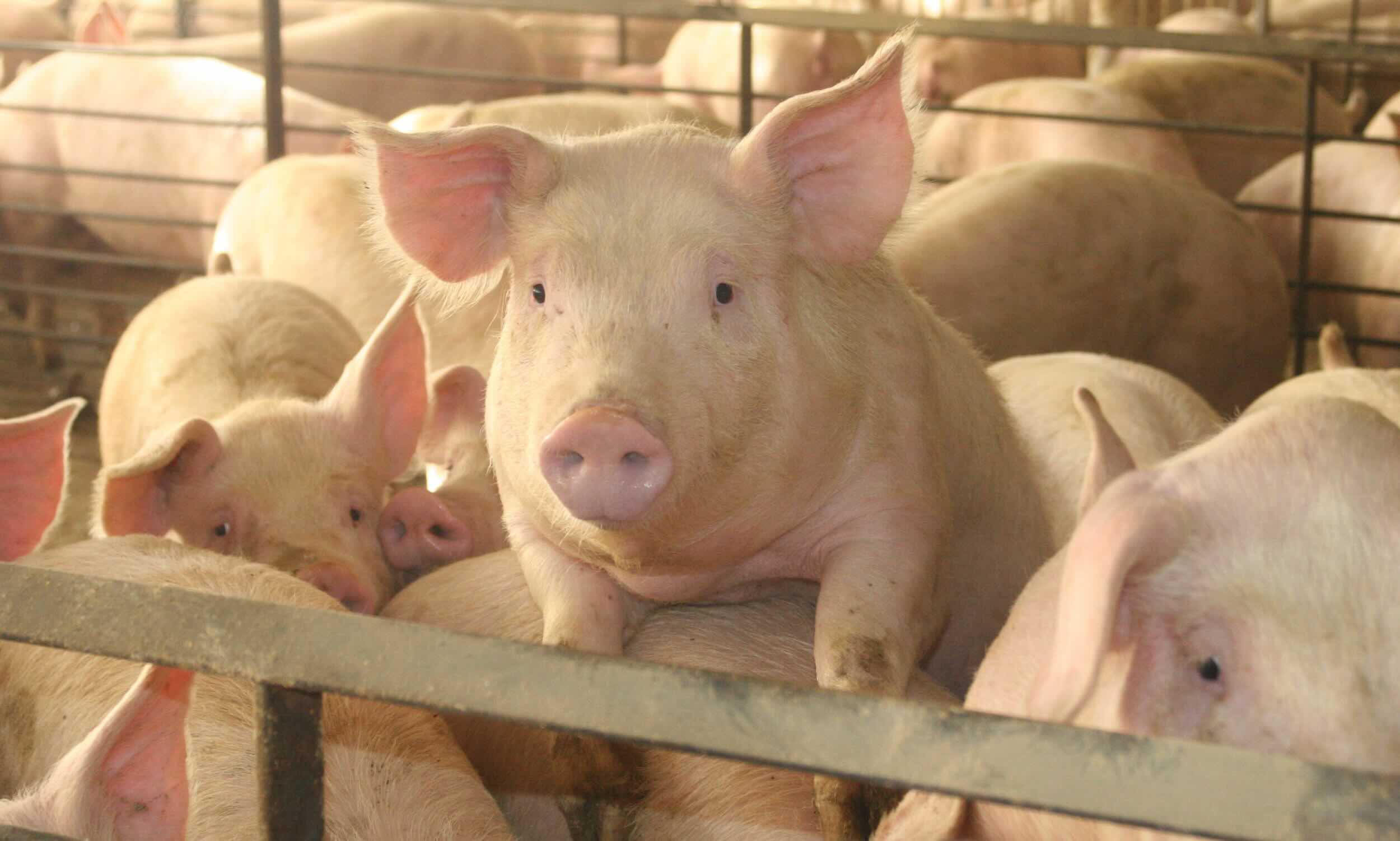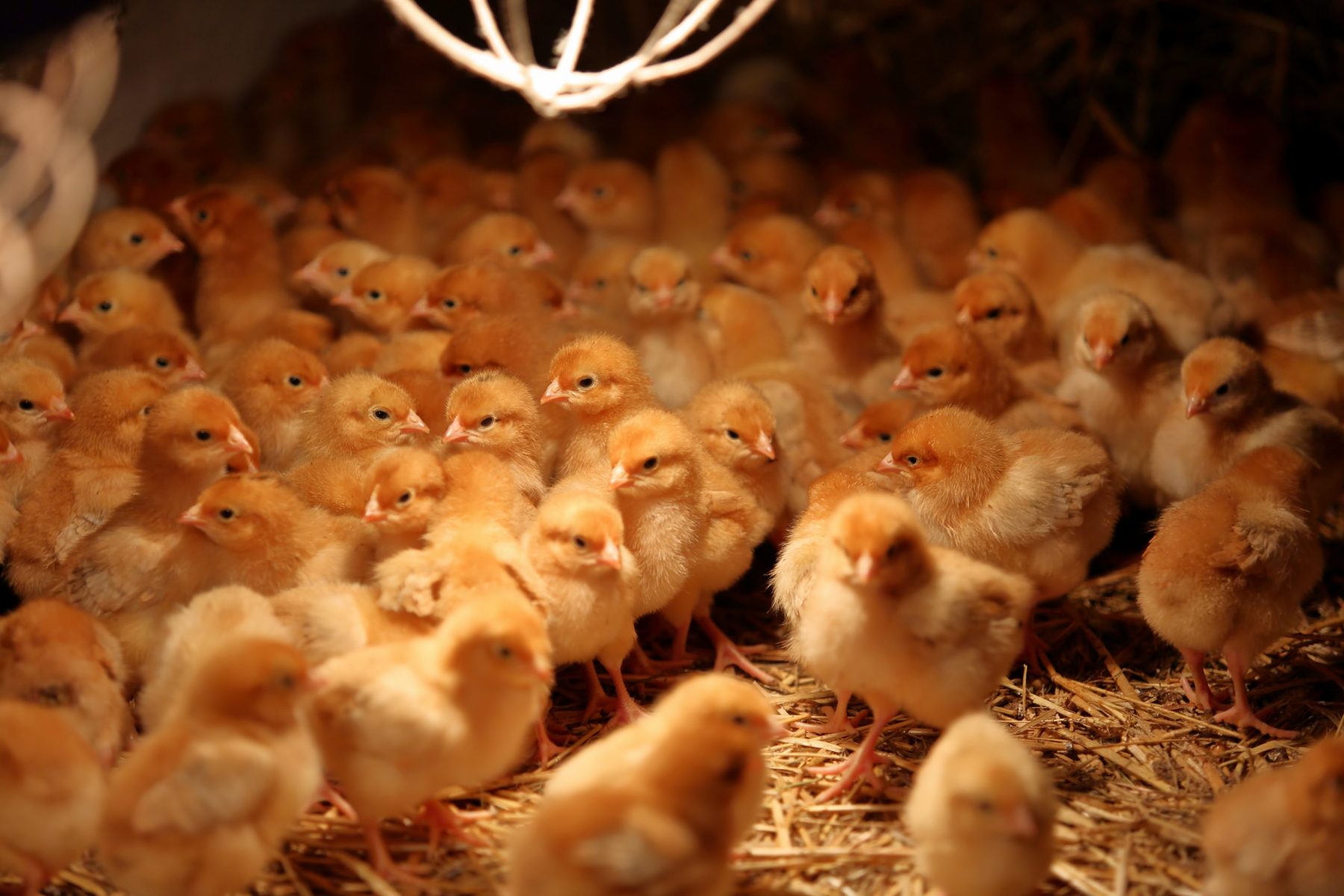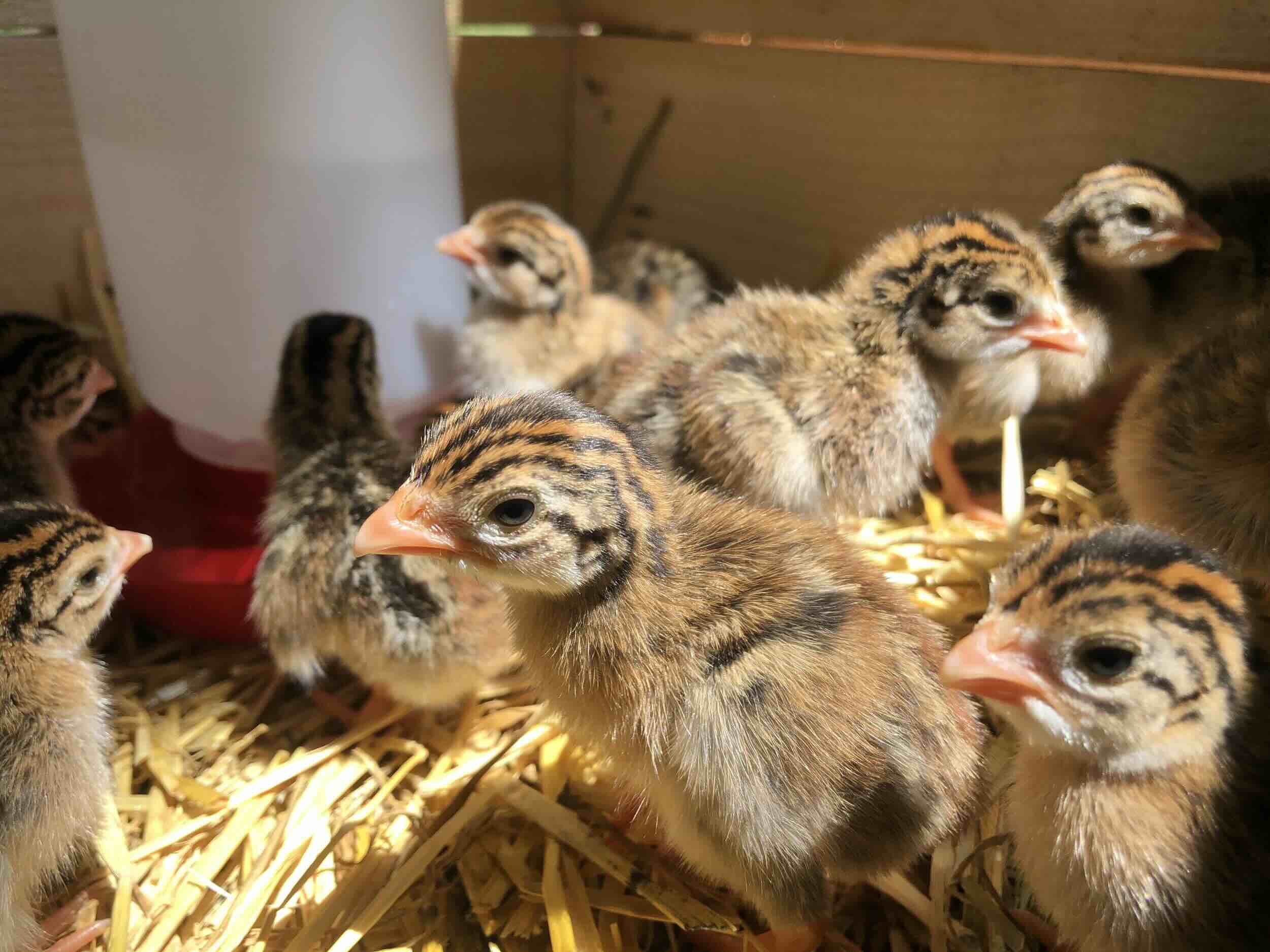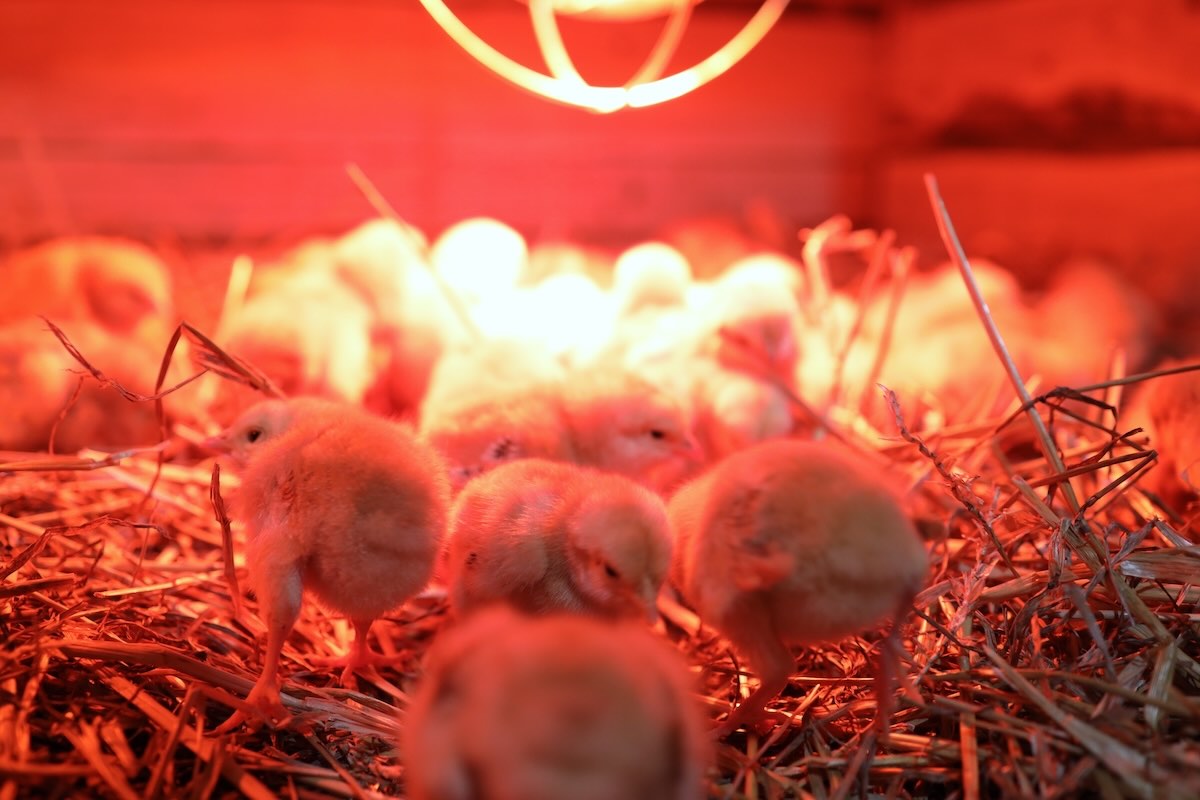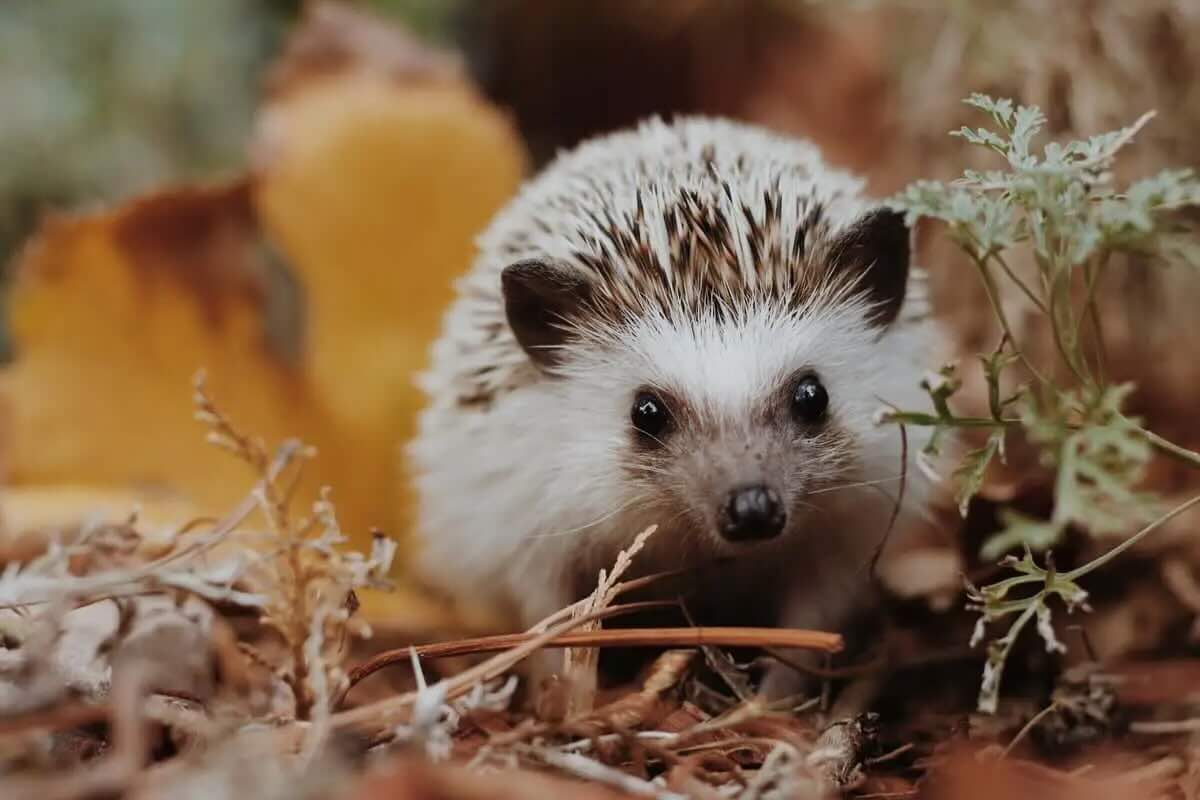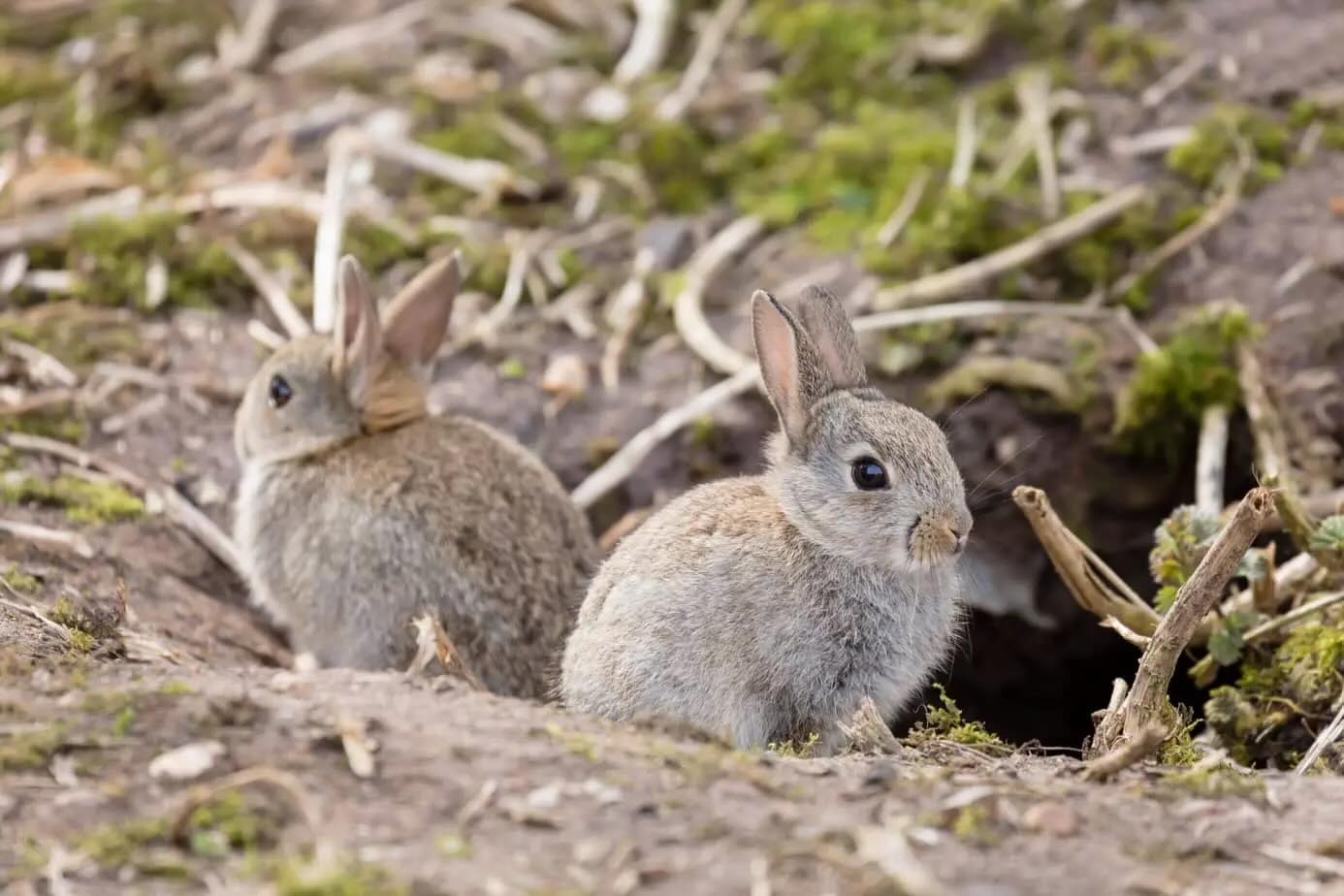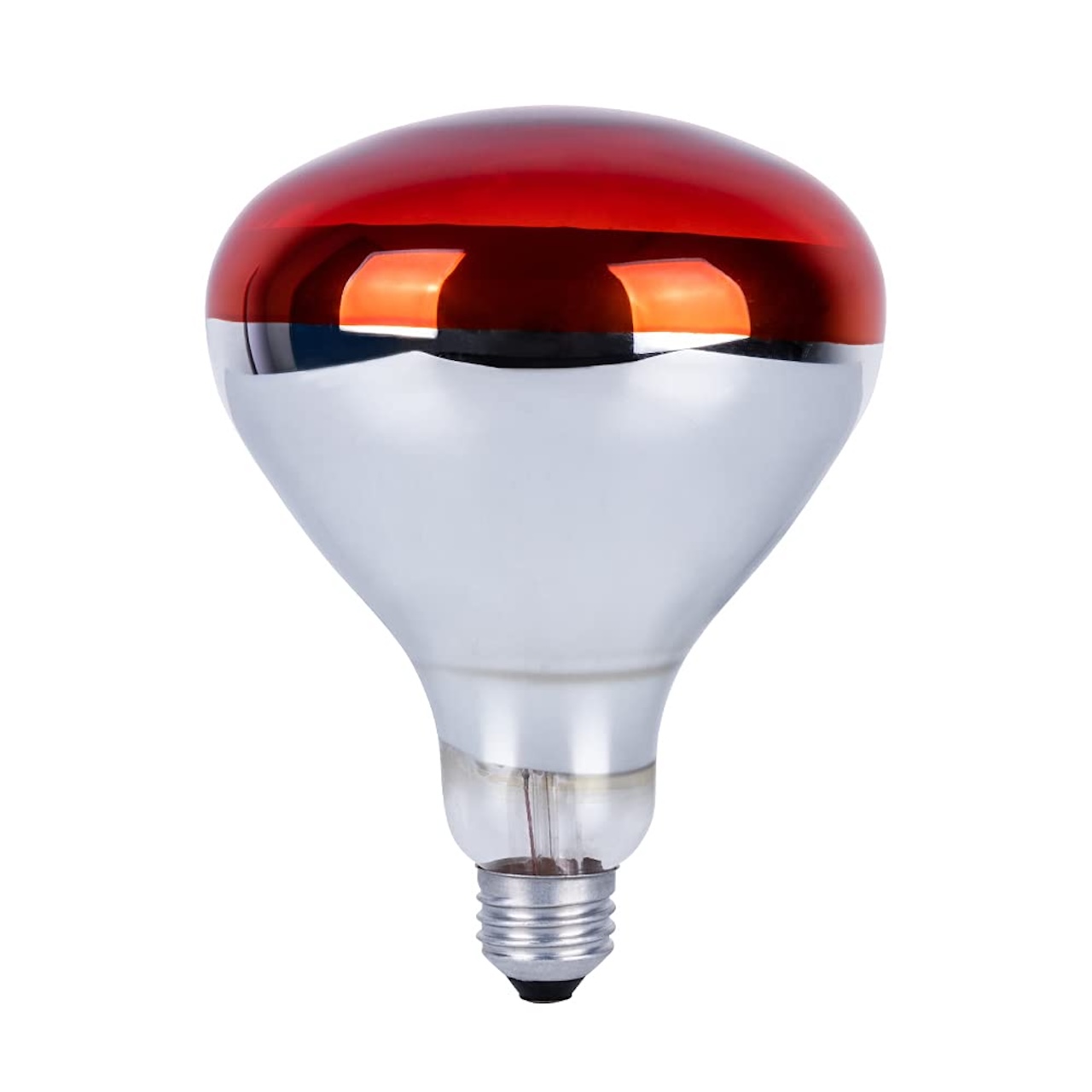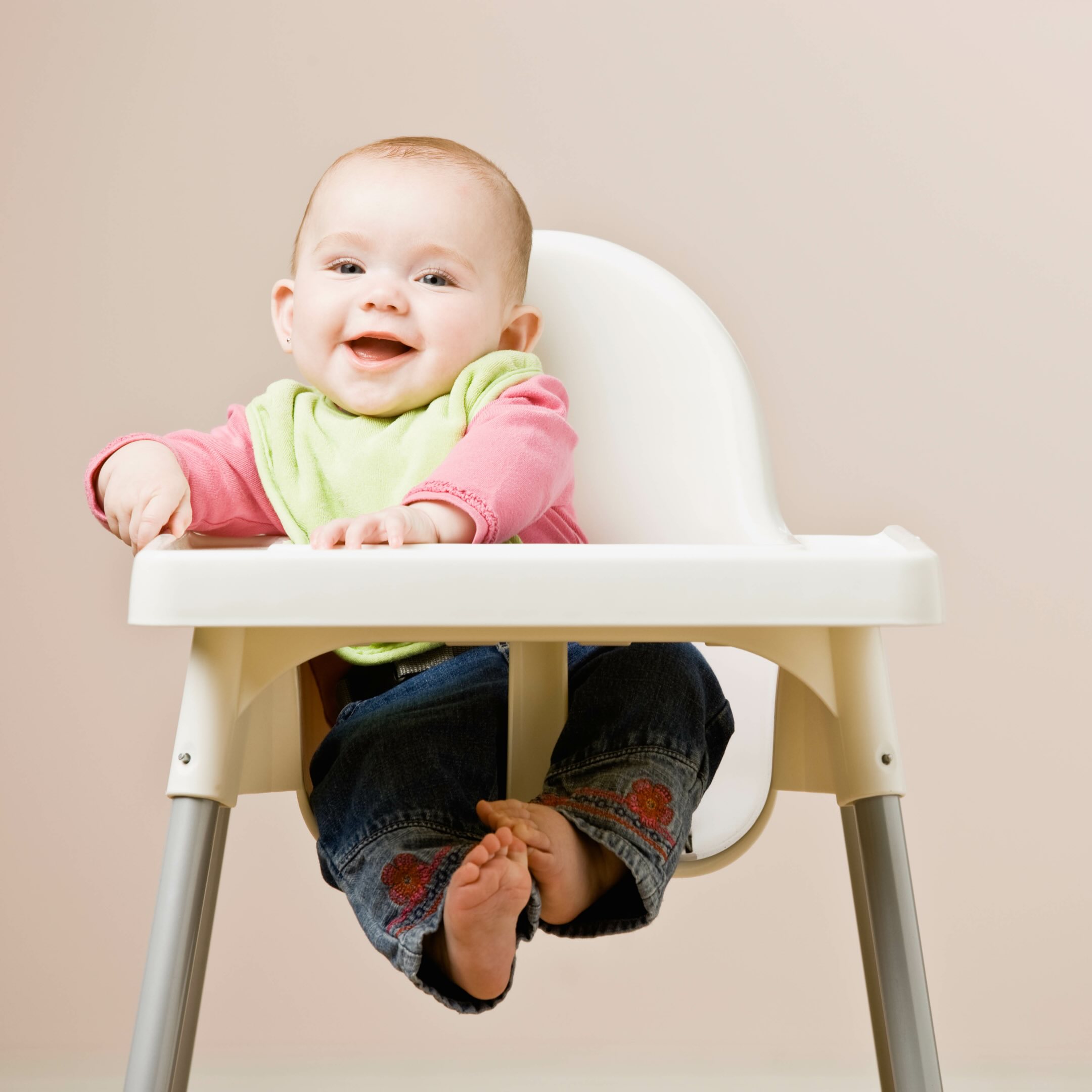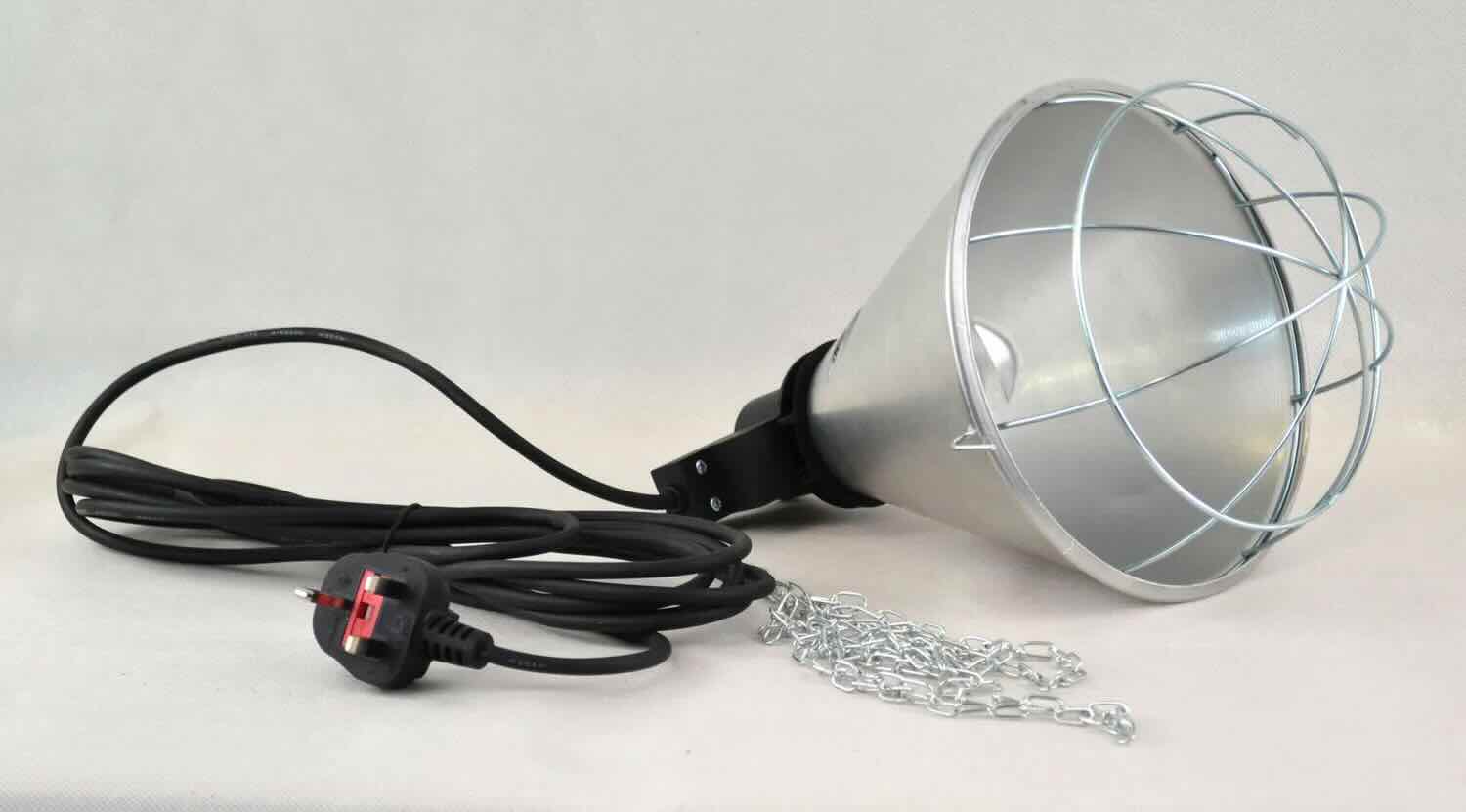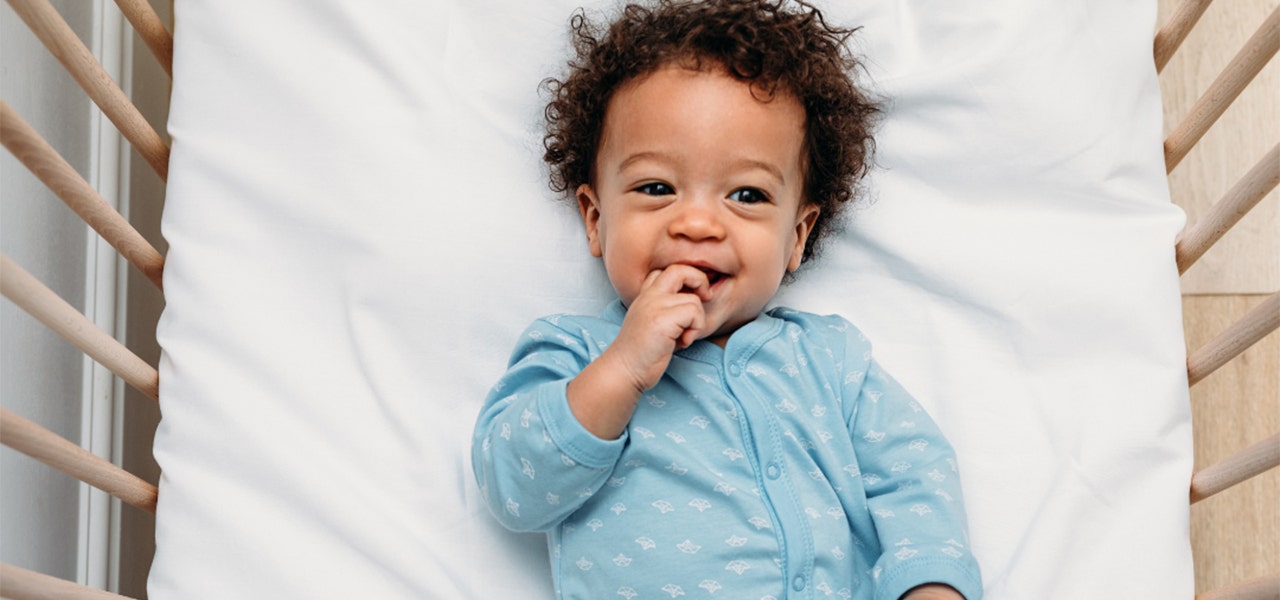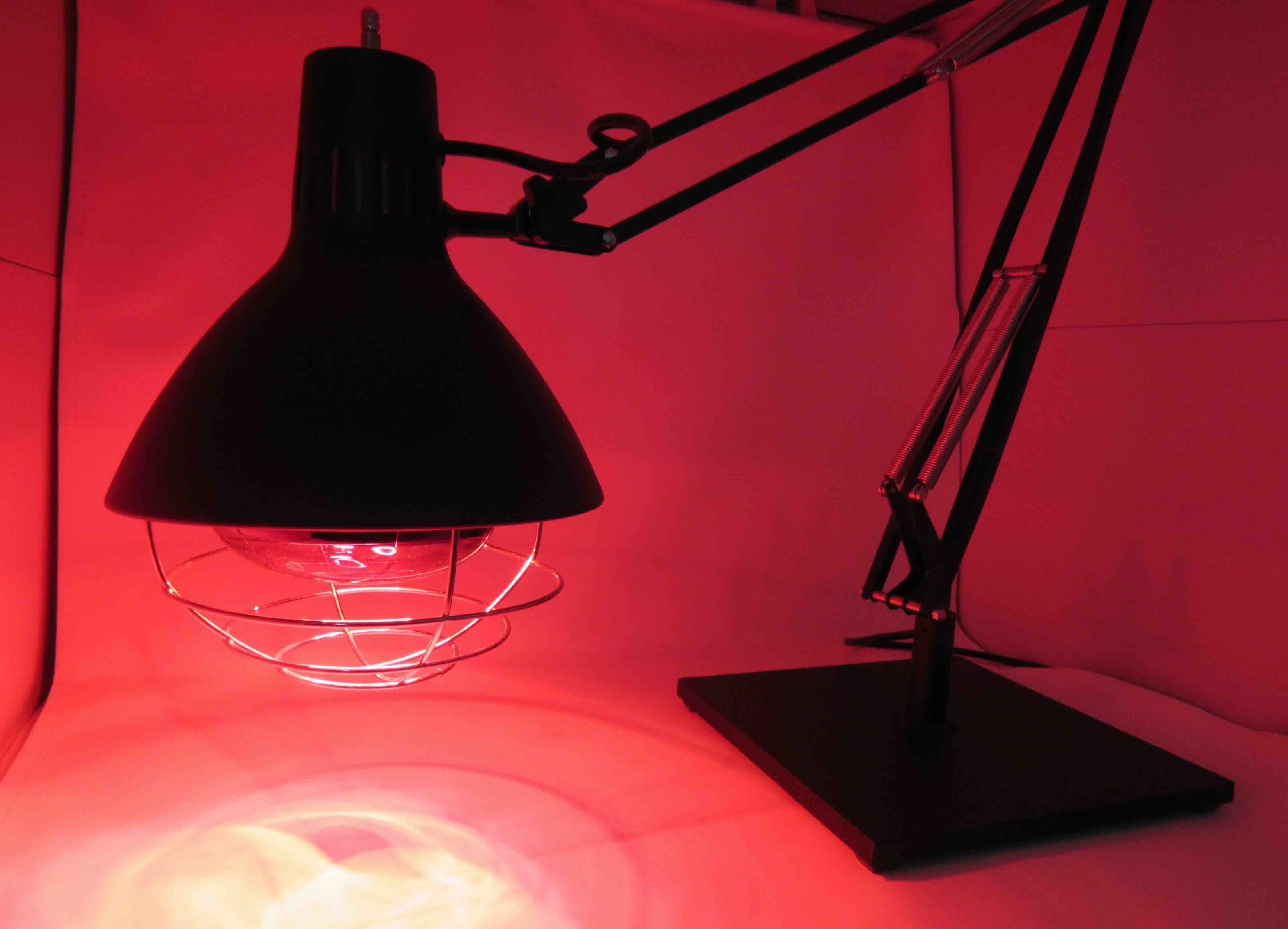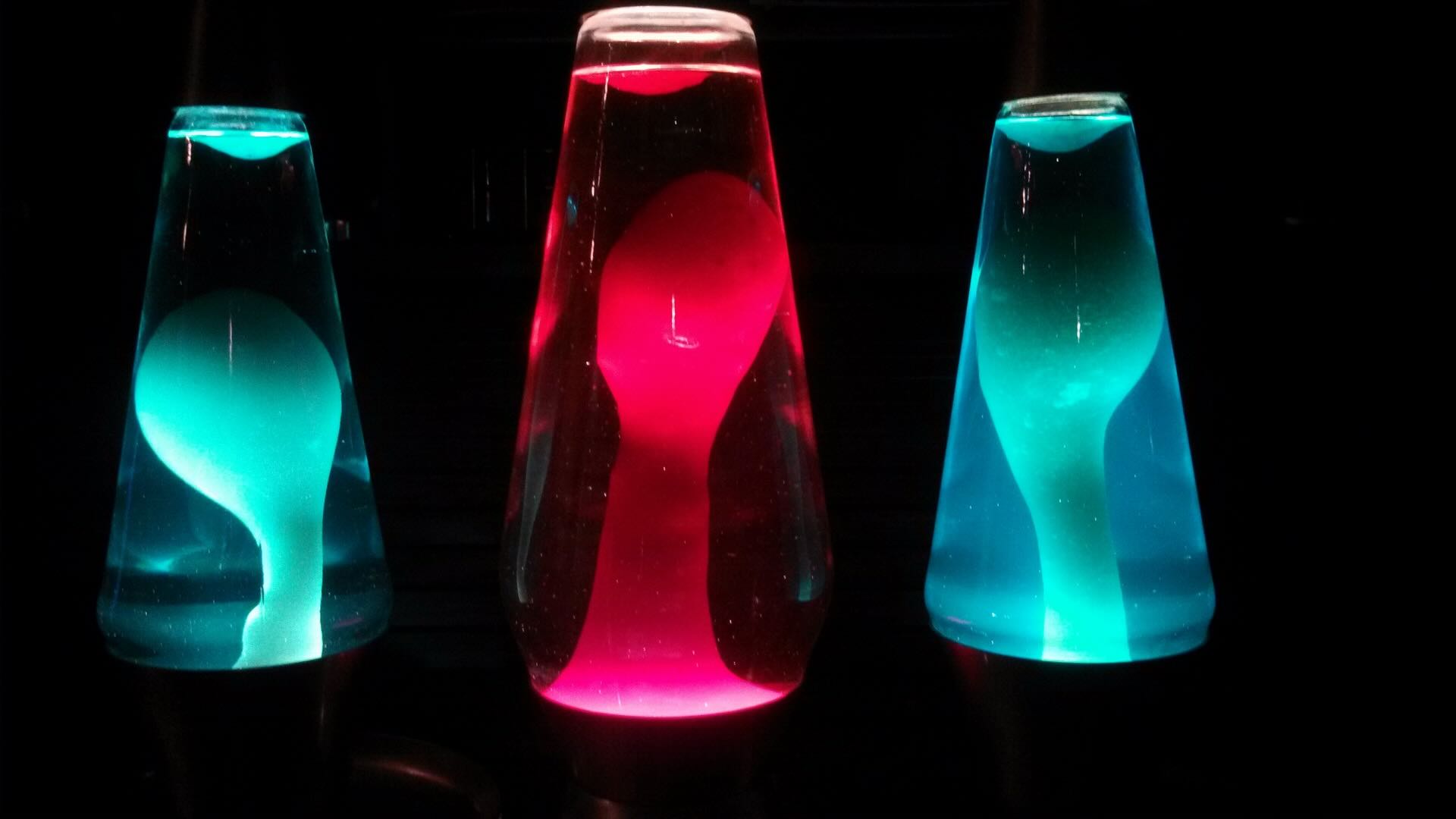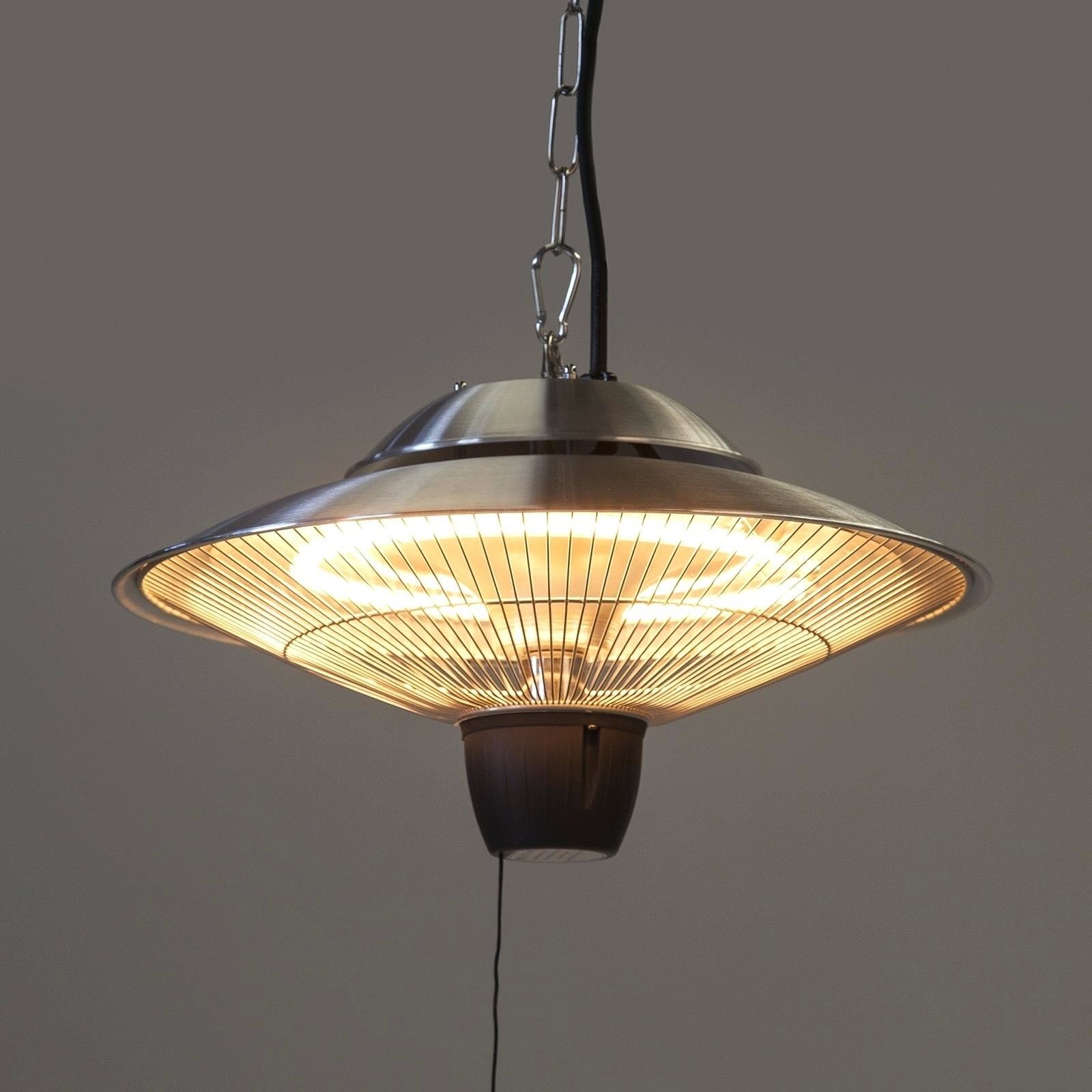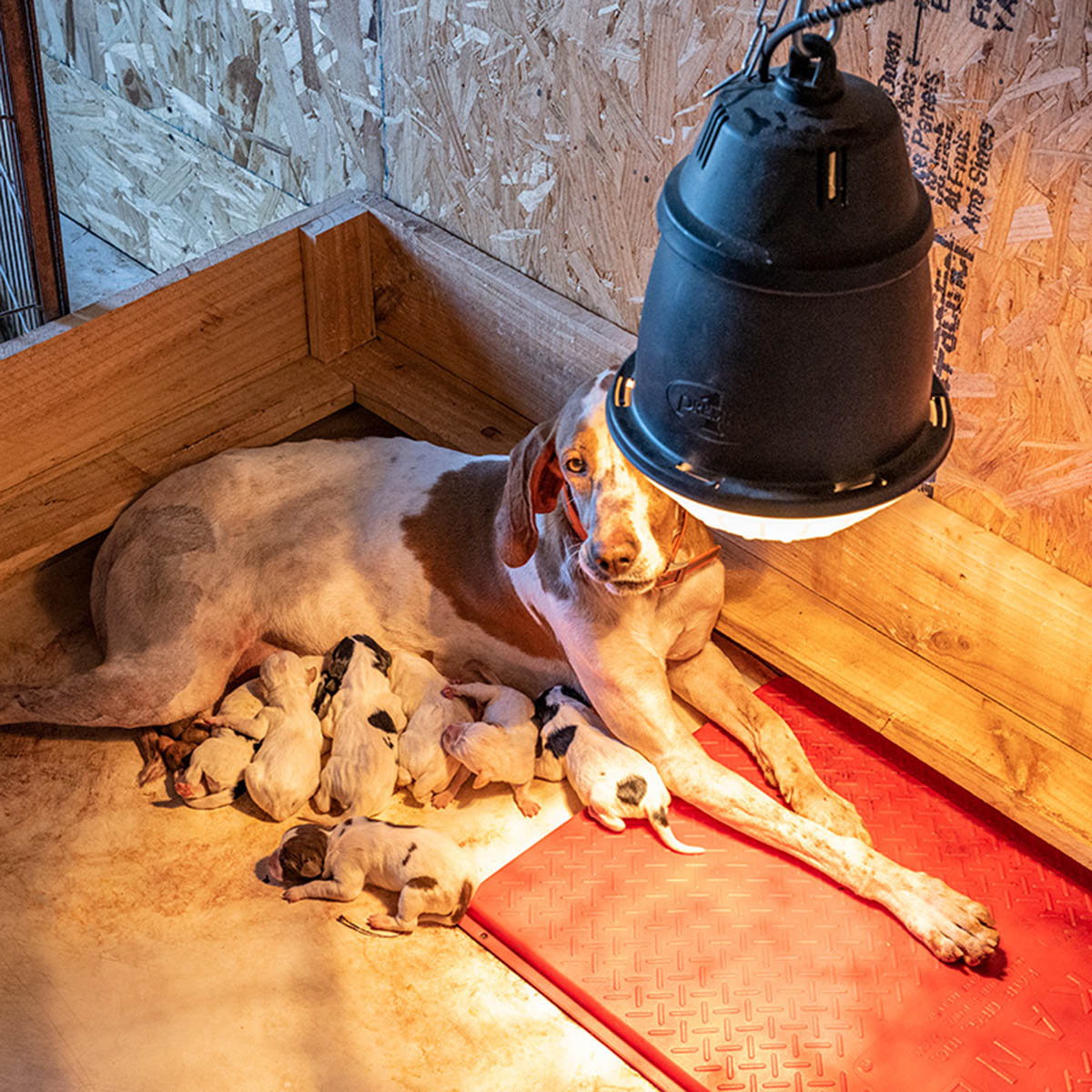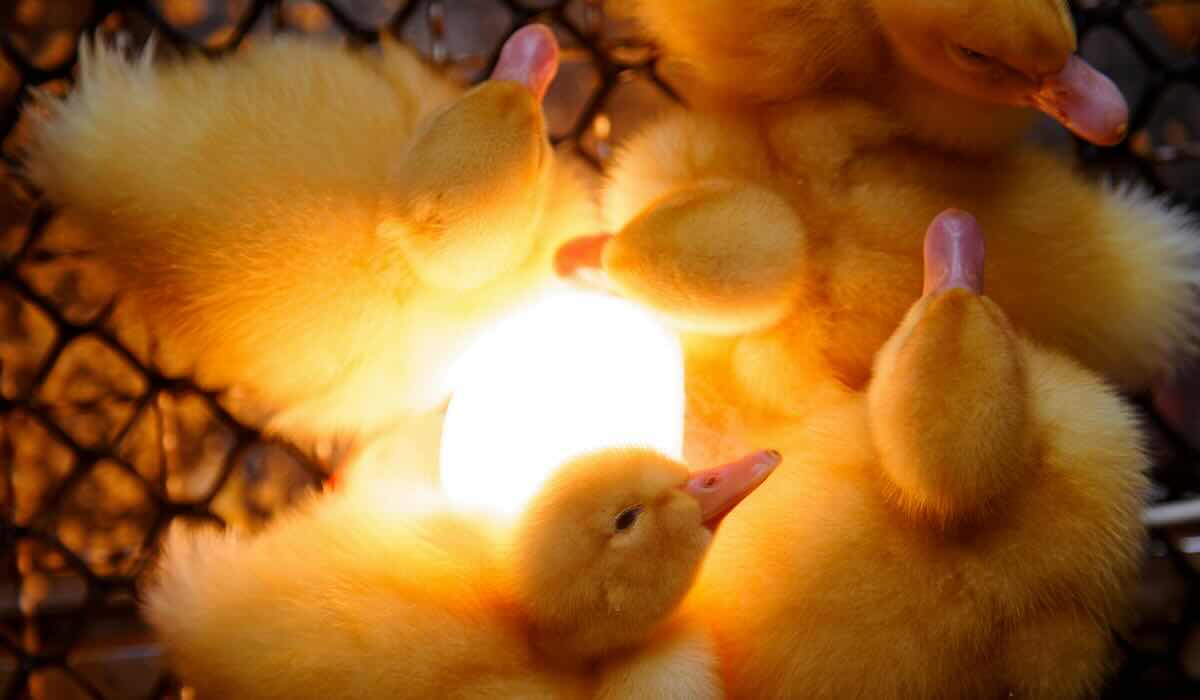

Furniture
How Long Do Baby Ducks Need A Heat Lamp
Modified: May 6, 2024
Discover how long baby ducks need a heat lamp for optimal growth and development. Find the best furniture options to keep them warm and thriving.
(Many of the links in this article redirect to a specific reviewed product. Your purchase of these products through affiliate links helps to generate commission for Storables.com, at no extra cost. Learn more)
Introduction
Welcome to this informative article on the importance of heat lamps for baby ducks. If you are a proud owner of these adorable creatures, you may be wondering how long they actually need a heat lamp for. Well, you’ve come to the right place to find out!
When it comes to raising baby ducks, providing them with the right temperature is crucial for their health and well-being. Unlike adult ducks, baby ducks are not capable of regulating their body temperature effectively, which is why a heat lamp is essential in creating a warm and comfortable environment for them to thrive.
In this article, we will delve into the ideal temperature for baby ducks, discuss how long they typically need a heat lamp for, and explore the signs that indicate they no longer require one. We will also highlight the factors that can influence the duration of heat lamp usage and provide tips on caring for baby ducks without a heat lamp. So, let’s get started on ensuring the best care for your fluffy little friends!
Key Takeaways:
- Baby ducks need a heat lamp for about 6 weeks to mimic the warmth of a mother duck’s brooding. Factors like breed, feather development, and ambient temperature influence the duration of heat lamp usage.
- Signs that baby ducks no longer need a heat lamp include feather development, increased activity, comfortable spacing, and tolerance to cooler temperatures. Providing a suitable environment and monitoring their well-being are crucial post-heat lamp care steps.
Read more: How Long Do Baby Turkeys Need A Heat Lamp
Importance of Heat Lamps for Baby Ducks
Heat lamps play a vital role in the early development of baby ducks. The first few weeks of a duckling’s life are critical, and proper temperature regulation is essential for their survival and growth.
When baby ducks hatch, they are covered in down feathers that provide some insulation, but they still rely heavily on an external heat source to maintain their body temperature. Unlike mammals, ducks do not generate their own body heat, so providing them with a heat lamp is crucial.
The primary purpose of a heat lamp is to mimic the warmth provided by a mother duck’s brooding. The gentle heat emitted by the lamp serves multiple purposes:
- Keeps the ducklings warm: Baby ducks require a warm environment to maintain their body temperature within the optimal range. The heat lamp helps create a cozy and thermally regulated space for them to stay comfortable.
- Facilitates proper digestion: The warmth from the heat lamp aids in the digestion process of baby ducks. It helps promote healthy growth and development by ensuring that their bodies can efficiently break down and absorb nutrients from their diet.
- Prevents hypothermia: Without a heat lamp, baby ducks are at a high risk of developing hypothermia, a potentially life-threatening condition. By providing a consistent heat source, the risk of hypothermia is greatly minimized, ensuring the ducklings’ well-being.
- Encourages natural activities: The comfort and warmth provided by the heat lamp allow baby ducks to behave naturally. They can engage in activities like preening, exploring their surroundings, and socializing with their siblings, all of which contribute to their overall development.
It is important to note that the proper placement of the heat lamp is crucial to ensure the well-being of the ducklings. The lamp should be securely positioned over a designated area within the duckling enclosure, providing a focused heat source while allowing the ducklings to move away if they become too warm.
By understanding the significance of heat lamps for baby ducks, you can create the ideal environment for their early growth and development. Now that we’ve covered their importance, let’s take a closer look at the ideal temperature required for baby ducks.
Ideal Temperature for Baby Ducks
Providing the correct temperature for baby ducks is crucial for their health and well-being. Maintaining an optimal temperature helps them thrive, ensures proper growth, and minimizes the risk of health issues.
The ideal temperature for baby ducks, especially in their first week of life, is around 85 to 90 degrees Fahrenheit (29 to 32 degrees Celsius). This temperature range mimics the warmth of a mother duck’s body and helps them feel comfortable and secure.
As the ducklings grow and develop, you can gradually reduce the temperature by approximately 5 degrees Fahrenheit (2.8 degrees Celsius) each week until they reach 6 weeks of age. By that time, they should be able to regulate their body temperature more effectively and no longer require the use of a heat lamp.
Keep in mind that these temperature recommendations are just guidelines, and you should always monitor the behavior of the ducklings to ensure they are comfortable. If they huddle closely together directly under the heat lamp, it may indicate that they are cold and require a slightly higher temperature. Conversely, if they are constantly moving away from the heat source and showing signs of overheating, such as panting or spreading their wings, it may be necessary to lower the temperature.
It’s important to note that the temperature requirements may vary slightly depending on the breed of ducks you are raising. Some breeds, such as Muscovies, may require slightly higher temperatures, so it’s always a good idea to consult with a veterinarian or experienced duck owner familiar with the specific breed you are caring for.
While the recommended temperature range is important for the overall well-being of baby ducks, it’s equally important to provide them with a suitable environment to regulate their body temperature effectively. This includes ensuring proper ventilation in their enclosure, as excessive humidity can make it difficult for ducks to cool down.
By ensuring that the temperature is kept within the ideal range for baby ducks and providing a comfortable environment, you are setting the foundation for their healthy growth and development. Next, let’s explore how long baby ducks typically need a heat lamp before they can do without one.
Duration of Heat Lamp Usage for Baby Ducks
One of the common questions that duck owners have is how long baby ducks need a heat lamp for. The answer depends on various factors, including the breed of ducks, their age, and the ambient temperature.
As mentioned earlier, baby ducks typically require a heat lamp for the first few weeks of their life. The general guideline is to provide them with the heat lamp until they are around 6 weeks old. By this time, their feathers have started to grow, and they have developed the ability to regulate their body temperature more effectively.
However, it’s important to note that every duck is different, and some may take longer to develop the ability to regulate their body temperature. Factors such as the ambient temperature and the breed of ducks can also influence the duration of heat lamp usage.
If you are raising ducklings in colder weather conditions or if you have a breed that is more susceptible to cold, such as Khaki Campbells or Indian Runners, you may need to extend the use of the heat lamp beyond the typical 6-week mark. It’s important to observe the behavior of the ducklings and monitor their comfort levels. If they still seek the warmth of the heat lamp and huddle together even after 6 weeks, it’s best to continue providing them with the heat lamp until they show signs of no longer needing it.
Conversely, if you are raising ducklings in warmer weather or have a breed that handles cold temperatures well, they may be able to do without a heat lamp sooner. It’s crucial to strike the right balance and provide the necessary warmth without overheating them.
Remember, each duck is unique, and it’s essential to consider individual factors when determining when they are ready to no longer require a heat lamp. Gradually reducing the temperature in the enclosure and monitoring their behavior will help you determine the appropriate time to discontinue the use of the heat lamp.
Now that we’ve discussed the typical duration of heat lamp usage, let’s explore the signs that indicate when baby ducks no longer need a heat lamp.
Baby ducks need a heat lamp for the first 4-6 weeks of their life to maintain a temperature of 90-95°F. After that, they can gradually be weaned off the heat as they develop their feathers and can regulate their own body temperature.
Signs of When Baby Ducks No Longer Need a Heat Lamp
As baby ducks grow and develop, there are several signs that indicate they no longer need a heat lamp for warmth. It’s important to pay attention to these signs to ensure the well-being and comfort of your ducklings.
1. Feather development: One of the primary indicators that baby ducks are ready to be without a heat lamp is the growth of their feathers. As the ducklings mature, their down feathers will be gradually replaced by adult feathers. Once their feathers are fully developed, they have a better ability to regulate their own body temperature and may no longer require the heat lamp.
2. Active behavior: When baby ducks no longer need the extra warmth of a heat lamp, they will become more active and explore their surroundings. They will move away from the heat lamp and venture out, engaging in typical duck behavior such as preening, swimming, and foraging. Their increased activity level indicates that they can cope with the ambient temperature without relying on artificial heat.
3. Comfortable spacing: When ducklings are no longer dependent on the heat lamp, they will naturally spread out and explore different areas of their enclosure. Instead of huddling together directly under the heat lamp, they will show a preference for more open spaces, indicating that they have developed the ability to self-regulate their body temperature.
4. Tolerating cooler temperatures: Baby ducks that no longer need a heat lamp will be able to tolerate slightly cooler temperatures without exhibiting any signs of discomfort. They will show no signs of shivering or excessive huddling, even when the ambient temperature drops lower than what was previously maintained under the heat lamp.
5. Smooth transition: When the time comes to remove the heat lamp, it’s important to do so gradually. You can start by reducing the temperature by a few degrees each day until the ducklings are accustomed to room temperature. If they show no signs of discomfort or distress during this transition period, it’s a good indication that they no longer need the heat lamp.
It’s essential to remember that every duckling is unique, and while these signs are general indicators, you should always observe the behavior and comfort levels of your particular ducklings to determine when they are ready to no longer rely on a heat lamp.
Next, let’s explore some of the factors that can influence the duration of heat lamp usage for baby ducks.
Read more: How Long Do Quail Need A Heat Lamp
Factors Influencing the Duration of Heat Lamp Usage for Baby Ducks
The duration of heat lamp usage for baby ducks can vary based on several factors. Understanding these factors will help you determine the optimal duration for providing a heat lamp to your ducklings.
1. Breed: Different duck breeds have varying levels of cold hardiness. Some breeds, such as Pekin ducks, are more cold-tolerant and may require a heat lamp for a shorter period. On the other hand, breeds like Call ducks or Muscovies may need a heat lamp for a longer duration because they are more susceptible to cold temperatures. Research the specific breed you are raising to better understand their heat requirements.
2. Ambient temperature: The outdoor temperature and climate play a significant role in determining how long baby ducks need a heat lamp. If you are raising ducklings in a colder climate or during the winter months, they may need the heat lamp for a longer period. Conversely, if you are raising them in a warmer climate or during the summer, they may outgrow the need for a heat lamp sooner.
3. Feather development: The growth and development of feathers is a crucial factor in determining when baby ducks can do without a heat lamp. Feathers provide natural insulation and help the ducks regulate their body temperature. Once their feathers have fully developed, they have a better ability to stay warm, and the heat lamp can be gradually phased out.
4. Individual health and condition: The health and condition of each duckling can influence how quickly they develop and adapt to different temperatures. If a duckling is weaker or has any health issues, they may require the heat lamp for a longer period to ensure they maintain their body temperature effectively.
5. Enclosure setup: The setup and design of the duckling’s enclosure can also impact the need for a heat lamp. A well-insulated enclosure with proper bedding and limited drafts may provide natural warmth and reduce the reliance on artificial heat. Providing additional heat sources, such as heated pads or radiant heat panels, can also help maintain a suitable temperature in the enclosure.
It’s important to remember that these factors interact with one another and may vary in different situations. It’s crucial to closely monitor the behavior and comfort levels of your ducklings and make adjustments accordingly.
Regularly reassess the need for a heat lamp based on the signs we discussed earlier, as well as the specific conditions and requirements of your ducklings. With careful observation, you will be able to determine the ideal duration of heat lamp usage for your baby ducks.
Lastly, let’s explore how to care for baby ducks without a heat lamp once they have outgrown the need for one.
Caring for Baby Ducks without a Heat Lamp
Once baby ducks have reached the stage where they no longer require a heat lamp, it’s important to ensure they continue to receive the care and attention they need to thrive. Here are some essential steps to follow when caring for baby ducks without a heat lamp:
1. Provide a Suitable Environment: Create an environment that allows for proper temperature regulation. Ensure that the area is free from drafts and extreme fluctuations in temperature. Provide ample bedding material, such as straw or wood shavings, to help insulate the floor and retain warmth.
2. Monitor Room Temperature: Keep an eye on the ambient temperature in the room where the ducklings are housed. Aim for temperatures between 65 to 75 degrees Fahrenheit (18 to 24 degrees Celsius) during the day and slightly cooler at night. Use a thermometer to accurately monitor and maintain the temperature within this range.
3. Encourage Natural Behavior: Ducks are naturally social creatures, so ensure they have companionship by keeping them together in a suitable group. This not only provides them with companionship but also helps regulate body heat through huddling together when needed.
4. Provide Adequate Shelter: Ducks should have a sheltered area within their enclosure where they can go to seek refuge from inclement weather or extreme temperatures. This can be a covered portion of their pen or a duck house that offers protection from wind, rain, and excessive heat or cold.
5. Provide Fresh Water: Ducks need access to clean, fresh water at all times. Use shallow water dishes or a small pool suitable for ducklings to comfortably drink, swim, and clean themselves. Monitor the water temperature during colder weather to ensure it doesn’t become too cold for them.
6. Offer Nutritious Food: Provide a balanced diet of appropriate duckling feed, supplemented with fresh greens and small amounts of protein-rich treats like mealworms. Ensure the food is easily accessible and changed regularly to maintain freshness.
7. Observe and Adapt: Continuously monitor the behavior, activity levels, and overall well-being of the ducklings. If you notice any signs of stress, discomfort, or poor health, make adjustments to the temperature or environment as needed.
8. Consult a Veterinarian: Establish a relationship with a veterinarian experienced in avian care. Regular check-ups and consultations can help ensure the ongoing health and well-being of your baby ducks.
Remember, the specific care requirements may vary based on factors such as the breed of ducks, your location, and individual needs. It’s essential to remain attentive and responsive to the unique needs of your ducklings to provide them with the best care possible.
With proper care, attention, and a suitable environment, your baby ducks can continue to thrive and grow into healthy and happy adult ducks.
Now that you have a good understanding of how to care for baby ducks without a heat lamp, let’s conclude this article.
Conclusion
Caring for baby ducks is a rewarding experience that requires attention to their unique needs, particularly when it comes to providing appropriate heat sources. Heat lamps play a crucial role in maintaining the ideal temperature for baby ducks during their early stages of development. By mimicking the warmth of a mother duck’s brooding, heat lamps create a comfortable and secure environment, allowing ducklings to thrive.
The duration of heat lamp usage depends on several factors, including breed, ambient temperature, feather development, individual health, and enclosure setup. Monitoring the behavior and comfort levels of your ducklings will help determine when they are ready to do without a heat lamp. Signs such as feather development, increased activity, comfortable spacing, and tolerance to cooler temperatures indicate their readiness to regulate their body temperature naturally.
Transitioning baby ducks from a heat lamp to a heat-free environment requires careful observation and adjustments to provide suitable conditions for their continued well-being. Keeping them in a suitable environment with proper temperature regulation, suitable shelter, companionship, fresh water, nutritious food, and regular vet check-ups will support their growth and development.
Remember, each duckling is unique, and their needs may vary. Pay close attention to their behavior, comfort levels, and natural instincts to ensure their ongoing health and happiness.
By providing the right care, you can watch your baby ducks grow into healthy adult ducks, forming a special bond with these remarkable creatures. Enjoy the journey of raising these adorable and fascinating birds!
If you have any further questions or concerns about caring for baby ducks, consult a veterinarian or seek guidance from experienced duck owners who can provide specific advice based on your circumstances and duck breed. With proper care and attention, your baby ducks will thrive and bring joy to your life.
Now that you've got a handle on keeping baby ducks cozy with heat lamps, why not explore other ways to keep your spaces warm? Our detailed guide on heat lamps offers insights on top picks that can transform any chilly bathroom into a snug retreat. Whether you're updating your home or just browsing for upgrades, this article is perfect for anyone looking to enhance their living spaces with the right warmth solutions.
Frequently Asked Questions about How Long Do Baby Ducks Need A Heat Lamp
Was this page helpful?
At Storables.com, we guarantee accurate and reliable information. Our content, validated by Expert Board Contributors, is crafted following stringent Editorial Policies. We're committed to providing you with well-researched, expert-backed insights for all your informational needs.
